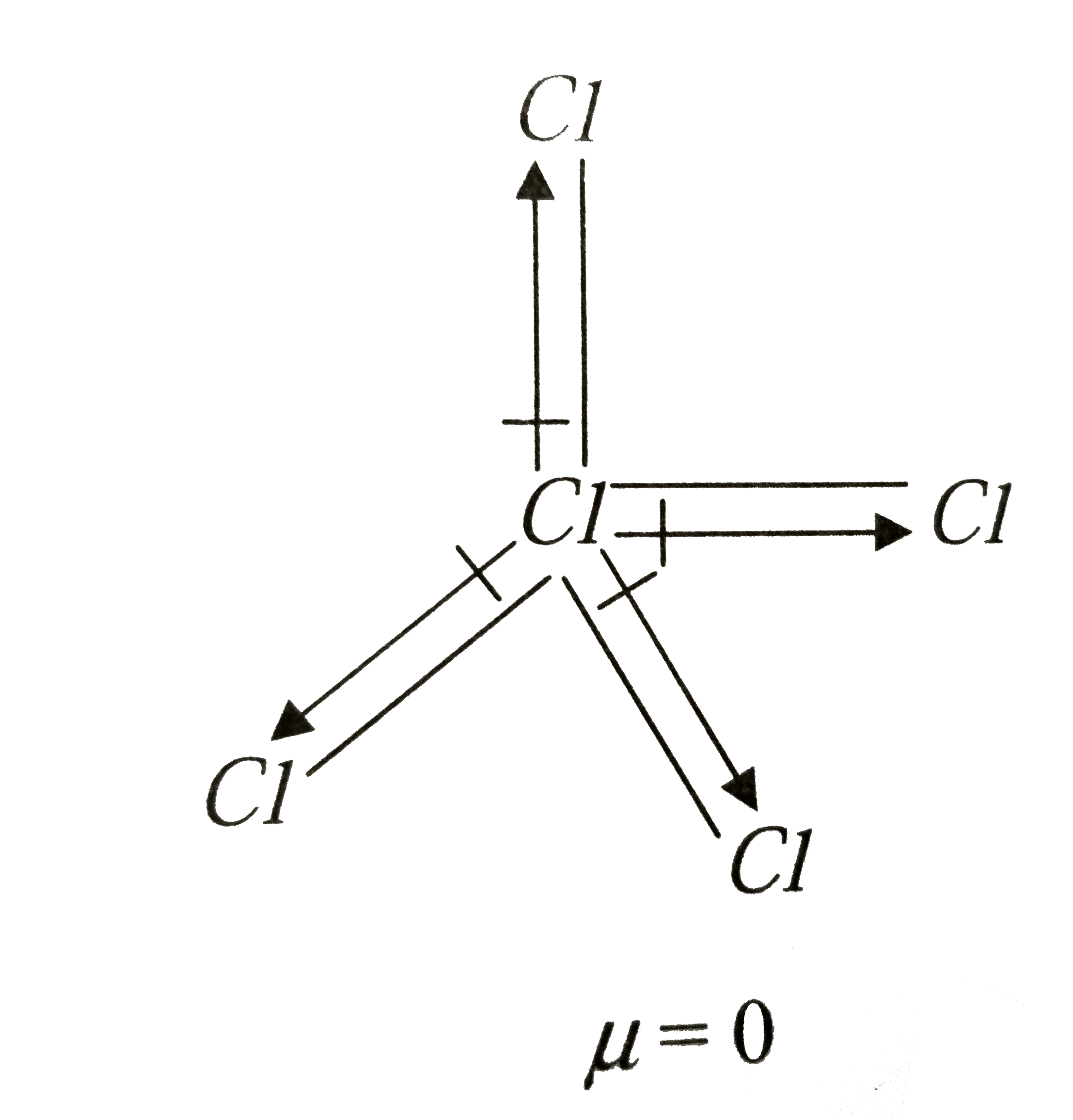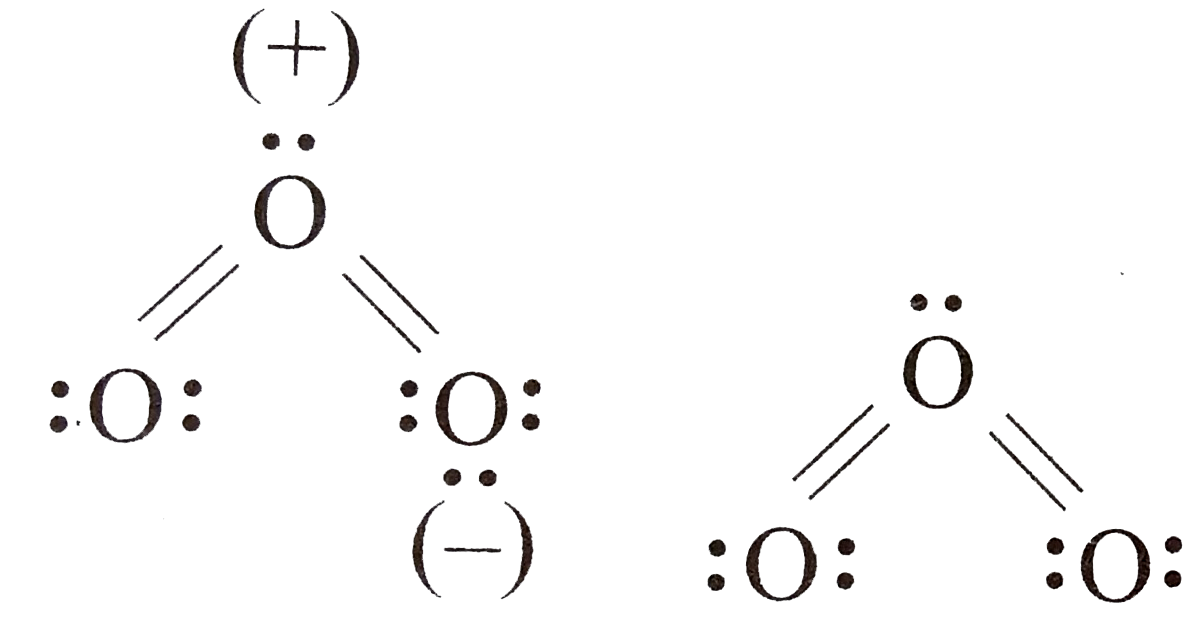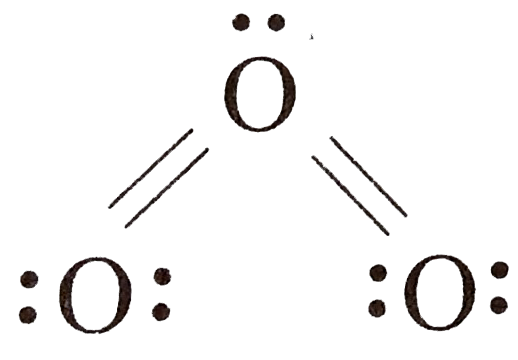Complete Solutions to JEE Section (Only one choice correct answer) of chapter CHEMICAL BONDING of Class 12 book with complete answers and questions
| Class 12 | CHEMISTRY |
| Chapter | CHEMICAL BONDING |
| ERRORLESS | JEE Section (Only one choice correct answer) |
| Number Of Questions | 80 |
| Academic Year | 2023-24 |
Which one in the following contains ionic as well as covalent bond
View SolutionThe number of electrons involved in the bond formation of `N_(2)` molecule are ________.
View SolutionSelect the compound from the following which dissolves in water
View SolutionMolten sodium chloride conducts electricity due to the presence of
View SolutionIf molecule `MX_3` has zero dipole moment, the sigma bonding orbitals used by M (atomic number `lt21`) are
View SolutionIn which of the following is the angle between the two covalent bonds greatest
View SolutionStrongest intermolecular hydrogen bond is present in the following molecules pairs
View SolutionThe ion that is isoelectronic with `CO` is
View SolutionCarbon tetrachloride has no net dipole moment because of

View SolutionWhich molecules is linear
View SolutionWhich one among the following does not have the hydrogen bond?
View SolutionBonds presents in `CuSO_(4) .5H_(2)O` is
View SolutionThe compound `1,2-`butadiene has `:`
View SolutionOne hybridization of one `s` and one `p` orbital we get
View SolutionAccording to molecular orbital theory, the paramagnetism of `O_(2)` molecule is due to the presence of
View SolutionThe molecule having one unpaired electron is
View SolutionThe bond between two identical non-metal atoms has a pair of electrons:
View SolutionWhich of the following contains a coordinate covalent bond?
View SolutionThe H-bond is strongest in
View SolutionThe hybridization of sulphur in `SO_2` is
View SolutionZero dipole moment is present in
View SolutionThe species in which the cantral atom uses `sp^(2)` hybrid orbital in its bonding is:
View SolutionPolarization of electrons in acrolein may be written as:
View SolutionThe molecule which has zero dipole moment is
View SolutionThe molecule which has pyramidal shape is
View SolutionThe compound in which C uses its `sp^(3)`-hybrid orbitals for bond formation is
View SolutionWhich one is paramagnetic from the following
View SolutionThe type of hybrid orbitals used by chlorine atom in `ClO_(2)^(-)` is :
View SolutionThe maximum possible number of hydrogen bonds a water molecule can form is
View SolutionThe high folowing points and insolution in orgaints solvents of sulphanilic acid are due to its ……..structure
View SolutionThe two types of bonds present in `B_(2)H_(6)` are covalent and _____.
View SolutionWhich one is most ionic ?
View SolutionIn `P_(4)O_(10)` the number of oxygen atoms bonded to each phosphorus atom is……………………
View SolutionThe number of electrons that are paired in oxygen molecule is
View SolutionWhen `N_(2)` goes to `N_(2)^(+)`, the `N-N` bond distance …………, and when `O_(2)` goes to `O_(2)^(+)` the `O-O` bond distance…….
View SolutionAmong the following species, identify the isostuctural pairs
`NF_(3). NO_(3)^(-), BF_(3), H_(3)O, HN_(3)`
View SolutionThe number and type of bonds between carbon atoms in calcium carbide are
View SolutionArrange the following compounds in order of increasing dipole moment:
(i) toluene (ii) m-dichloro benzene
(iii) o-dichloro benzene (iv) p-dichloro benzene
View SolutionAmong `KO_(2),ALO_(2)^(Θ)`,`BaO_(2)` and `NO_(2)^(+)`,unpaired electrons is present in .
View SolutionWhich contains both polar and non-polar bonds ? .
View SolutionThe critical temperature of water is higher than that of `O_(2)` because the `H_(2)O` molecule has
View SolutionWhich of the following compounds has `sp^(2)`-hybridisation?
View SolutionAmong the following the compounds , the one that is polar and has central atom with `sp^(2)` hydridisation is
View SolutionAsseration: The elctronic structure of `O_(3)` is:

Reason: structure is not allowed because octet around `O` cannot be expanded

View SolutionStatement I `LiCl` is predomionantly a covalent compound.
Statement II Electronegatvity difference between `Li` and `Cl` is too small
View SolutionThe geometry and the type of hybrid orbitals present about the central atom in ` BF_3` is :
View SolutionThe shape of `XeF_(4)` molecule is
View SolutionWhich of the following resonating structure of `N_(2)O` is the most contributing ?
View SolutionThe correct order of dipole moment is :
View SolutionThe correct order of increasig `C-O` bond length of `CO, CO_(3)^(2-), CO_(2)` is
View SolutionThe geometry of `H_(2)S` and its dipole moment are :
View SolutionIn the compound
`CH_(2)=CH-CH_(2)-CH_(2)-C-=CH` the `C_(2)-C_(3)` bond is of
View SolutionThe molecular shapes of `SF_(4),CF_(4) " and " XeF_(4)` are :
View SolutionThe hybridization of atomic orbitals of nitrogen is `NO_(2)^(+), NO_(3)^(-)`, and `NH_(4)^(+)` respectively are
View SolutionThe order of dipole moment of the following molecules is
View SolutionThe common features among the species `CN^-, CO` and `NO^+`
View SolutionThe correct order of hybridization of the central atom in the following species `NH_3,[PtCl_(4)]^(2-),PCl_(5),` and `BCl_(3)` is
View SolutionSpecify the coordination geometry around and the hybridisation of `N` and `B` atoms in `1 : 1` complex of `BF_(3)` and `NH_(3)`.
View SolutionIdentify the least stable ion amongst the following:
View SolutionWhich of the following molecular species has unpaired electrons(s) ? .
View SolutionWhich of the following are isoelectronic and isostructural ?
`NO_(3)^(-) , CO_(3)^(2-),ClO_(3)^(-),SO_(3)`
View SolutionAccording to `MOT` whch of the following statement about magnetic character and bond order is corrent regarding `O_(2)^(o+)` .
View SolutionThe acid having O - O bond is
View SolutionWhich species has the maximum number of lone pair of electrons on the central atom ? .
View SolutionIf the bond length of CO bond in carbon monoxide is `1.128 Å`, then what is the value of CO bond length in `Fe (CO)_(5)` ?
View SolutionThe species having bond order differnet from that in `CO` is .
View SolutionAmong the following , the paramagnetic compound is
View SolutionArrange the following resonating structures in order of increasing stability
`underset((I))(CH_(2)=overset(+)(N)=overset(-)(N))" "underset((II))(H_(2)overset(+)(C)=N=overset(-)(N))" "underset((III))(H_(2)overset(-)(C)-overset(+)(N) equiv N)" "underset((IV))(H_(2) overset(-)(C)-N=overset(+)(N))`
View SolutionThe species having pyramidal shape is
View SolutionAssuming that Hund's rule is violated the bond order and magnetic nature of the diatomic molecle `B_(2)` is
View SolutionWhich one of the following molecules is expected to exhibit diamagnetic behaviour?
(i) `N_2` (ii) `O_2`
(iii) `S_2` (iv) `C_2`
View SolutionStability of the species `Li_(2), Li_(2)^(-)` and `Li_(2)^(+)` increases in the order of
View SolutionWhich of the following properties is not shown by `NO` ?
View SolutionAssuming `2s-2p` mixing is `NOT` operative, the paramagnetic species among the following is .
View SolutionThe intermolecular interaction that is dependent on the inverse cube of distance between the molecules is
View SolutionWhich of the following species is not paramagnetic?
View SolutionWhich of the following are Lewis acids?
View SolutionTotal number of lone pair of electrons in 3 `I_(3)^(-)` ion is
View SolutionAccording to molecular orbital theory, which of the following will not be a viable molecule?
View SolutionWhich of the following compounds contain(s) no covalent bond(s)?
`KCl,PH_(3),O_(2),B_(2)H_(6),H_(2)SO_(4)`
View Solution
JEE Section (Only one choice correct answer) questions and complete solutions for chapter CHEMICAL BONDING of UNIVERSAL BOOK DEPOT 1960 CHEMISTRY (HINGLISH) of Class 12
All Exercises from ERRORLESS Class 12 CHEMISTRY CHEMICAL BONDING
- Critical thinking( Objective question)
- JEE Section (Comprehension type question)
- JEE Section (Integer type question)
- JEE Section (Jee (advanced ) 2018)
- JEE Section (Matrix match type question)
- JEE Section (More than one correct answer)
- JEE Section (Only one choice correct answer)
- JEE Section (Reasoning type question)
- Ordinary thinking (Coordinate or dative bonding )
- Ordinary thinking (Covalent bonding)
- Ordinary thinking (Dipole moment )
- Ordinary thinking (Electrovalent bonding )
- Ordinary thinking (Hybridisation )
- Ordinary thinking (Hydrogen bonding )
- Ordinary thinking (Molecular orbital theory)
- Ordinary thinking (Polarisation and Fajans rule )
- Ordinary thinking (Resonance)
- Ordinary thinking (Types of bonding and force in solid )
- Ordinary thinking (VSEPR Theory )